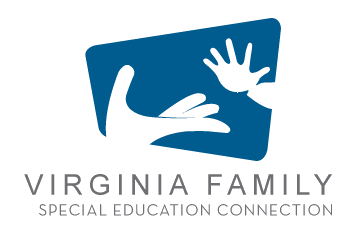Literacy Leadership Brief: Meeting the Challenges of Early Literacy Phonics Instruction (International Literacy Association 2019)
Description:
Meeting the Challenges of Early Literacy Phonics Instruction - Learning to read can, at times, seem almost magical. A child sits in front of a book and transforms those squiggles and lines into sounds, puts those sounds together to make words, and puts those words together to make meaning.
But it’s not magical.
English is an alphabetic language. We have 26 letters. These letters, in various combinations, represent the 44 sounds in our language. Teaching students the basic letter–sound combinations gives them access to sounding out approximately 84% of the words in English print. Of course, equal amounts of time need to be spent on teaching the meanings of these words, but the learning of these basic phonics skills is essential to becoming a fluent reader.
Research has shown the power of this early instruction in phonics for young students’ reading and writing development.





